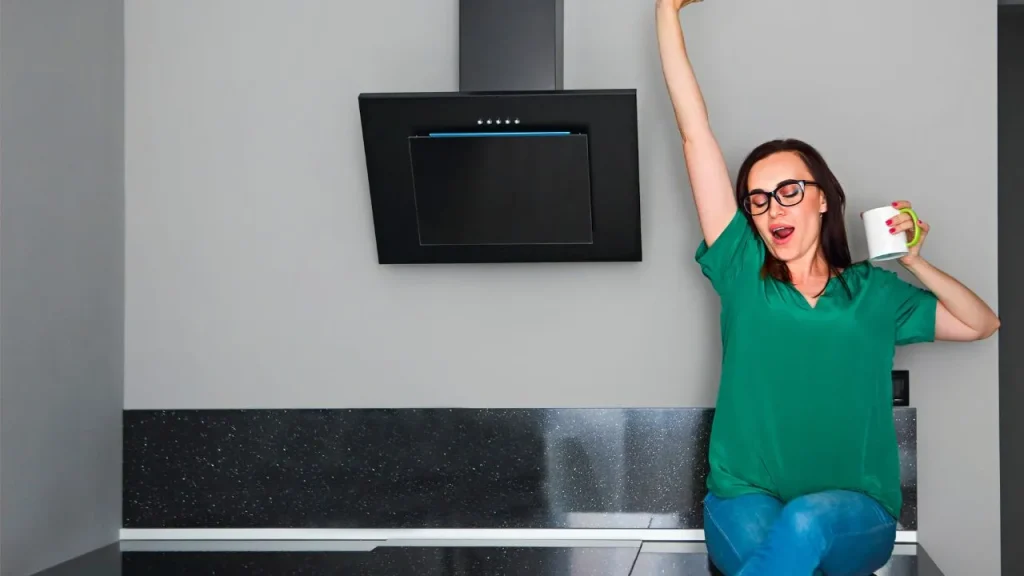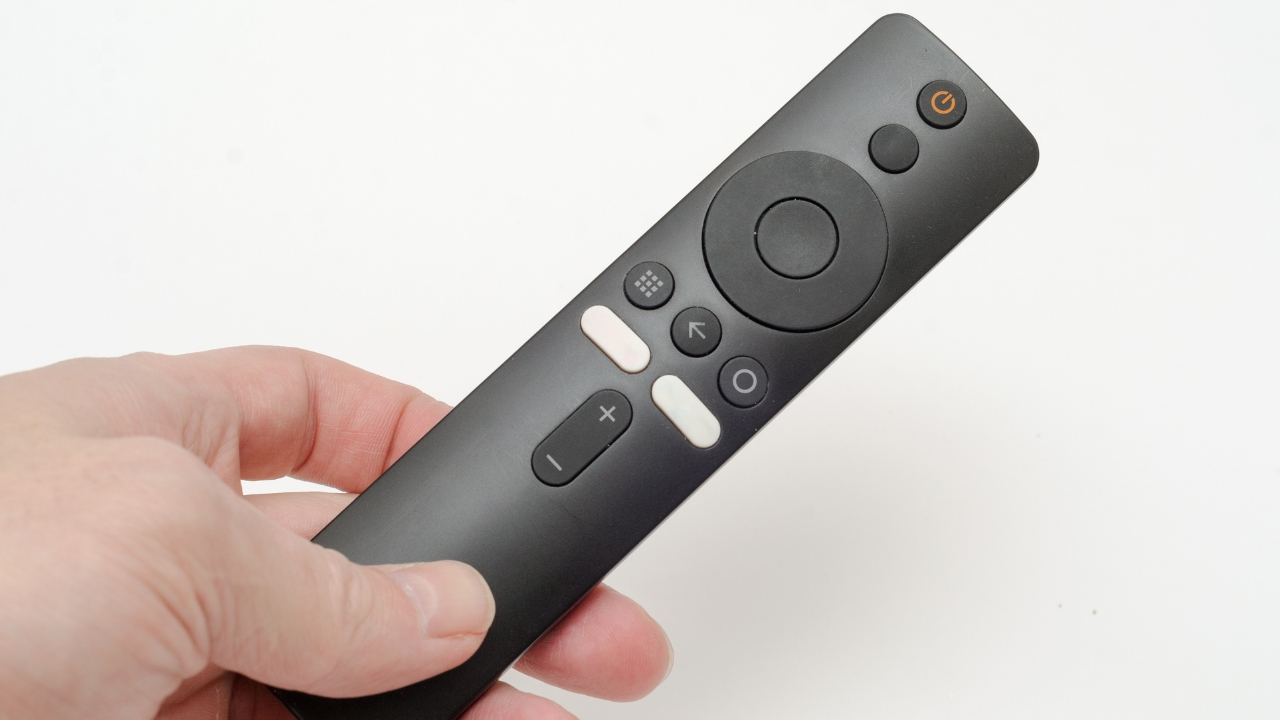When it comes to receiving free over-the-air broadcast TV channels, the best indoor tv antenna offers a simple and convenient solution, without the hassle of installing a bulky outdoor unit. Whether you’re in a bustling city or a more remote area, the right antenna can help you tap into local stations with crystal-clear reception.
The key to finding the best indoor TV antenna lies in its ability to pull in signals from various distances—whether you’re close to the broadcast towers or farther away. This guide’ll dive into the top models, comparing their performance and how well they meet their range specifications. We’ll also talk about important things like design and placement, since these sleek antennas are usually put on a flat surface next to your TV or hung on the wall in a way that doesn’t draw attention to itself. If how something looks is important to you, don’t worry—we’ve got you covered too!
The Best Indoor TV Antennas in 2024
1. Antennas Direct ClearStream Flex
The Antennas Direct ClearStream Flex is a great mid-range choice for indoor antennas because it combines price and performance. It regularly provides clear HD channels within a 50-mile radius, though its big panel may fill a lot of your window. If that doesn’t bother you, this antenna is our top pick because it’s a great deal.
It picked up 48 channels during tests, while more expensive units picked up 54 channels. Even with the small difference, the picture quality and steadiness on the received channels were great, even for HD shows.
An on-and-off in-line booster helps boost the signal, and the 12-foot coaxial wire lets you choose where to put it. There may be longer connections available, but this length will work for most people. Also, it’s easy to set up, and the free Antenna Point app can help you figure out which way the signal is strongest where you are.
2. Mohu Arc: A Budget Indoor Antenna with Strong Reception
Finding a cheap way to get your TV signal is easy with the Mohu Arc indoor antenna, which also looks nice. Because it’s small and has an easy clip-on bracket, you can put it on a table or hang it on the wall. The Arc is an inactive, un-amplified antenna that works very well, even though its light weight might make it feel a bit weak.
With a range of up to 40 miles, the Mohu Arc can pull signals from multiple directions, making it perfect for use in various settings. If you need a longer feed or live farther from broadcast towers, an enhanced type like the Mohu Arc Pro might be a better choice. Even though there are some small problems with how it’s put together, the Mohu Arc is still a good choice for people who want a cheap antenna that works well with signals.
3. Winegard FlatWave Amped Pro TH-3000: Premium Antenna with Great Range and Easy Installation
This Winegard FlatWave Amped, Pro TH-3000 antenna, is made for people who care about both how it looks and how well it works. Its simple, flat form makes it easy to put up on walls or windows and goes with any home style. The partner app is one of its best features; it lets users test reception in real life before download, making sure the best spot for signal strength.
The TH-3000 can pick up a lot of different digital TV stations because it has a range of 60 miles. Similar antennas might be cheaper, but they sometimes have a more sleek, low-profile look of the FlatWave Amped Pro. This makes it a great choice for people who want a strong antenna that only takes up a little room in their home.
4. Antop HD Smart Bar AT-500SBS: Large, Pricey, but Powerful
If you live far from television sources or need help with other antennas, the Antop HD Smart Bar (AT-500SBS) is a good choice. This hard-plastic antenna is big, cheap, and powerful all at the same time. It’s 2.5 feet wide. With the base stand that comes with it, you can hang it on the wall like a speaker or put it upright.
The Antop HD Smart Bar offers great service because it has a range of up to 80 miles. It also has an FM radio, a 4G signal blocker, and the ability to add a second TV. Even though it works very well, the price of $119 might turn off people who are on a tight budget. Before making this big purchase, consider looking into cheaper options. But this strong one might be worth it if other antennas don’t work.
5. Mohu Vibe: Compact, Stylish, and Powerful TV Antenna
The Mohu Vibe is one of the best indoor TV antennas because it looks great and works really well. The Vibe differs from most antennas because it has a sleek rectangular shape and a gray cloth finish, making it easy to match any room’s style. Its small size makes it the best choice for people who want to watch TV without drawing attention to themselves.
The Vibe isn’t just good-looking; it also performs very well. It picked up a lot of sites from 17 to 70 miles away during tests. The antenna has a 12-foot wire and a “Jolt” booster section that USB can charge. This gives you options for how to place it.
The Mohu Vibe is a great choice for people in cities or suburbs who want a reliable, powerful, and stylish antenna. It costs $49, but you can often find it for much less. The Mohu Vibe improves everything, whether you want great speed or a sleek style.
How to Choose an Indoor TV Antenna
The first thing you should think about when choosing an indoor TV antenna is how far it can reach. Depending on the type, antennas can reach up to 80 miles. To get signals from faraway stations if you live in the country, you need a strong antenna with a range of at least 60 miles. A 20–40 mile range antenna should work fine in cities or suburbs.
Use tools like AntennaWeb, which gives you information based on your zip code, to find the best antenna for where you live. It tells you which antenna to use and shows you stations that are close by.
Design is also important. Some antennas are small enough to fit behind a TV, while others are made to be put in a window. However, bigger antennas for long-range coverage might look better, so consider how they look before buying them.
How to Position an Indoor Antenna for Optimal TV Reception
The best way to get the most programs and the strongest reception on your TV is to place an indoor antenna in the right place. Even though transmitters have distance limits, transmission can be affected by things like geography and buildings close. To strengthen the signal, you should first use tools like AntennaWeb to find the direction of nearby radio towers. Put your antenna in that direction, if possible close to a window.
Most indoor transmitters have short coaxial wires that make it hard to place them. You may have more options if you change the wire for a longer one. Run the auto-channel check on your TV after putting the antenna in place. If you’re missing some stations, move the receiver and check again.
Getting your antenna in the best place may take a few tries, but you’ll get there in the end. If indoor antennas don’t pick up enough stations, you should get an outdoor antenna for better coverage.
How We Test Indoor TV Antennas
In a semi-rural, high site with great elevation where we test indoor antennas, we can clearly see TV stations from 15 to 70 miles away in every direction. With this set-up, we can test antennas for various indoor receiving needs. Open antennas on roofs usually work best for transmissions farther than 70 miles away.
When we test, we put each antenna as high as it can go, generally in a window that faces south. Once done, we record the number of tuned carriers and sub-channels on a TV with an ATSC 3.0 “next-gen TV” antenna. For reference, a strong antenna placed on the roof of an attic is also used.
In order for an antenna to be on our list of suggestions, it has to meet its distance requirements during tests and meet our design and usefulness standards. This all-around method makes sure that people who want solid home TV antennas have the best choices.









